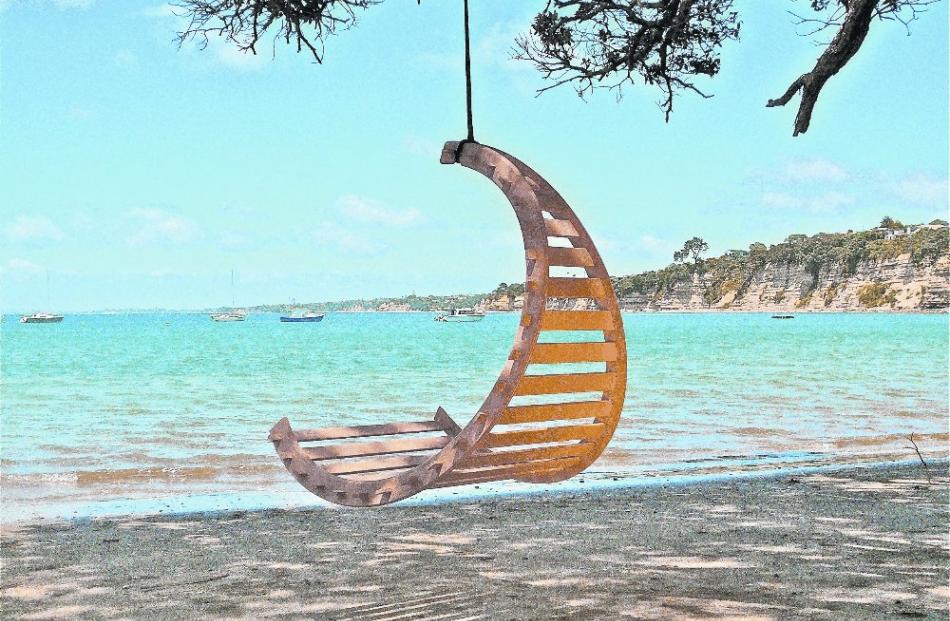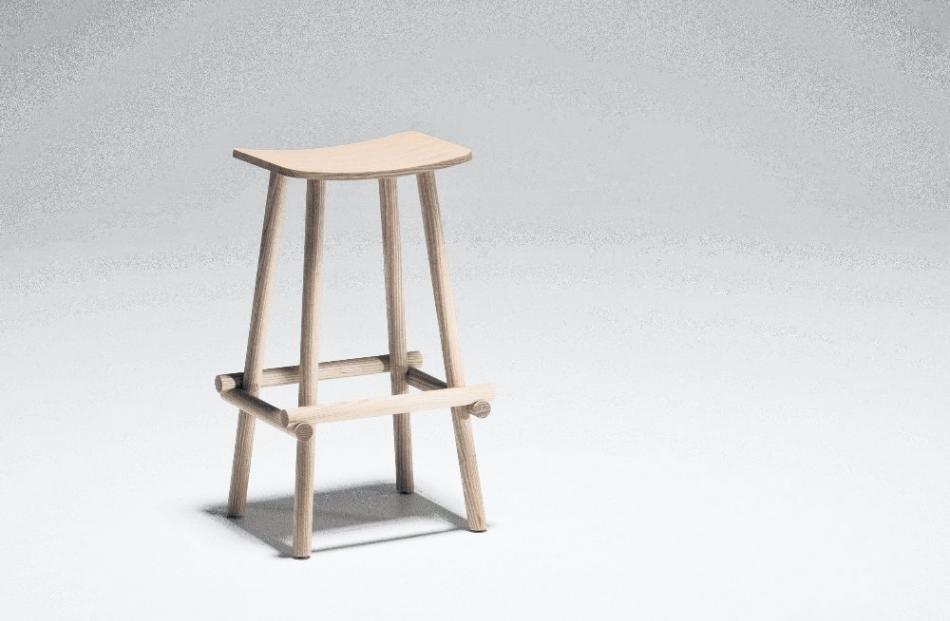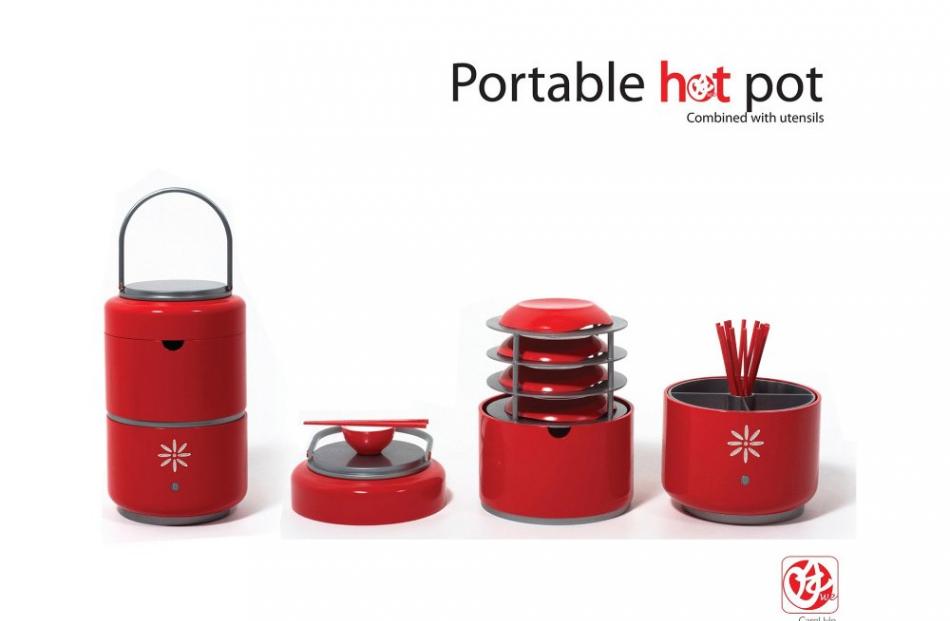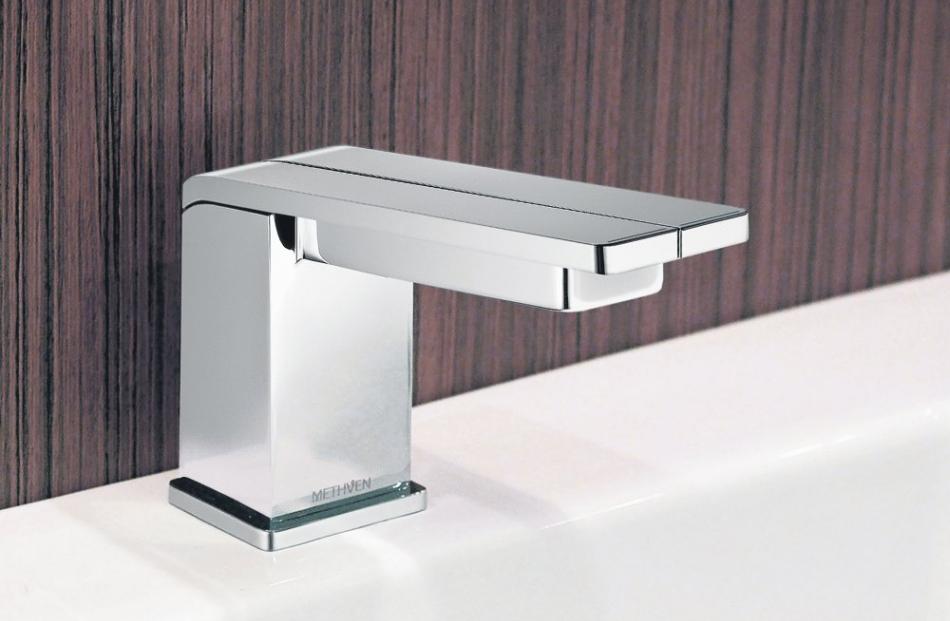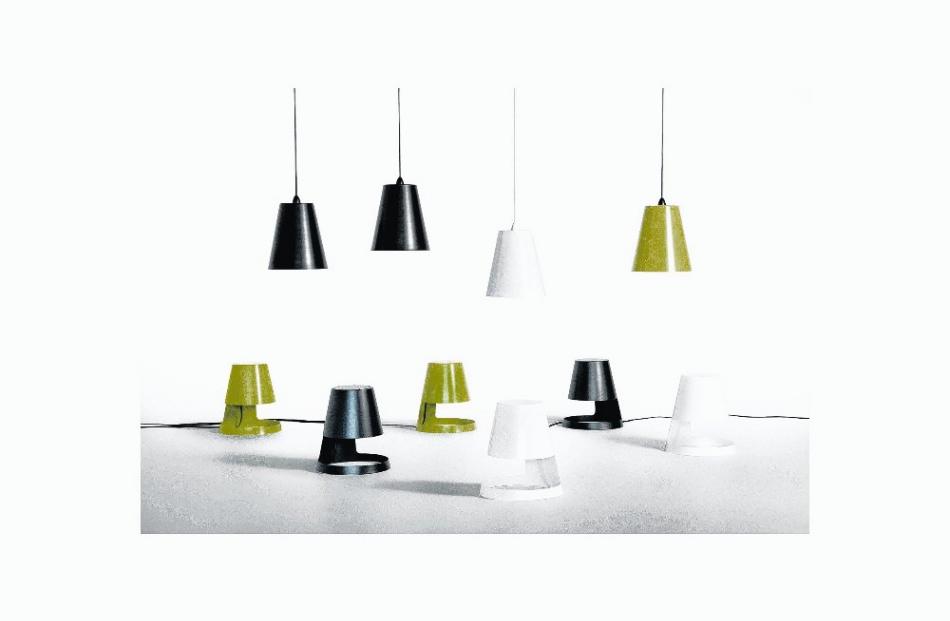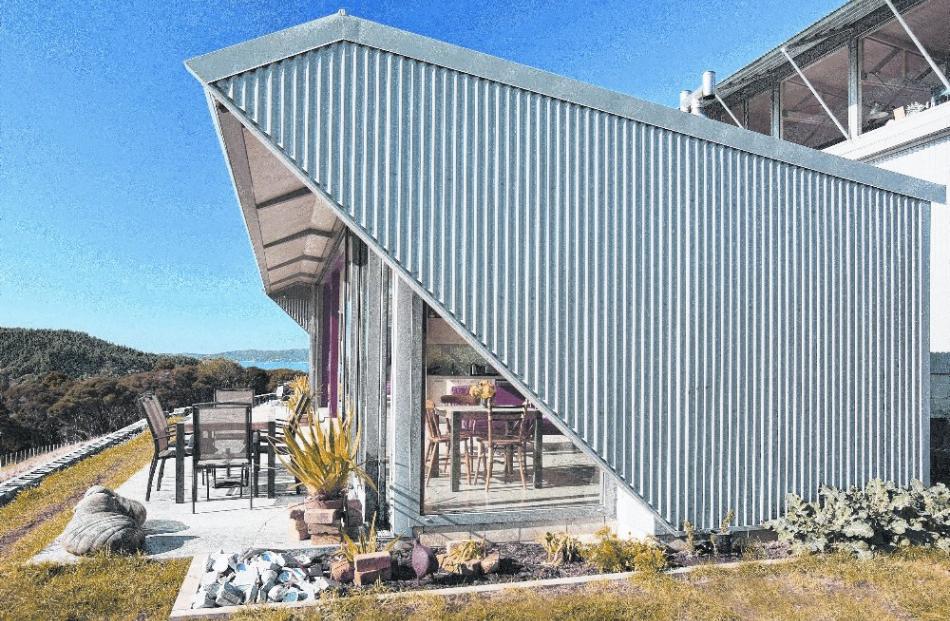Dubbed the Oscars of the New Zealand design world, The Best Design Awards celebrate the country's best designs of the year across the fields of product, spatial, graphic and interactive design.
Queenstown-based product design company 4Design won two awards and Dunedin-based Freeload Design also won an award last October's awards held in Auckland, organised by the Designers Institute of New Zealand.
4Design was awarded silver in the product design category for USM GO - a handheld device that detects flaws in welds, forgings, composite materials and rail in extremely tough environments.
Made from customised plastics, the device is completely waterproof and able to withstand drops of up to five metres onto concrete as well as withstand extreme vibration and chemical resistance.
4Design also scored a bronze award in the concept and experimental product design category for Sleepwalker - a small portable device placed under a stroller wheel to simulate the continuous wheel motion of walking while remaining stationary.
Freeload Design won silver for their design of the Freeload Bicycle Rack in the consumer product design category. Freeload is the world's first fully adjustable bicycle carrier rack that can be fitted to the front or rear of all types of bicycles including full-suspension mountain bikes.
The Best Design Awards were established in 1988 and have been held annually since 1996. A record total of 603 entries were received for the 2010 awards.
Designers Institute NZ CEO, Cathy Veninga, said she was delighted by the high number of entries, coming hot on the heels of the worst recession experienced by the New Zealand design industry.
Otago designers have a chance to pit their design talent against the best in the country with entries being called for this year's awards.
For further information go to www.bestawards.co.nz
Here is a selection of award-winning designs in the product and spatial categories of the 2010 Best Design Awards, which showcase New Zealand's top designer talent.
Image 1: DesignWorx Devonport Villa
A new kitchen was needed for a four-bedroomed villa to house contemporary storage solutions and allow the client to enjoy cooking while entertaining. The client wanted to retain the integrity of some of the villa features, yet create a contemporary elegance, and incorporated a quirky eclectic feel that could include reference to other eras. A ense of luxury and surprise with a more uncluttered simplicity was sought. The colour palette for the kitchen was inspired by an artwork which had soothing tones of sea green.A new kitchen was needed for a four-bedroomed villa to house contemporary storage solutions and allow the client to enjoy cooking while entertaining. The client wanted to retain the integrity of some of the villa features, yet create a contemporary elegance, and incorporated a quirky eclectic feel that could include reference to other eras. A ense of luxury and surprise with a more uncluttered simplicity was sought. The colour palette for the kitchen was inspired by an artwork which had soothing tones of sea green.
Image 2: Flat Pack Outdoor Hanging Chair
Andrea Ellis Flat Pack Outdoor Hanging Chair is not only beautiful, it is green. It can be cut from a single sheet of various types of plywood and delivered by air or ship. As it is flat pack, it takes up less room in the delivery vehicle and, therefore, allows more packages to fit, which in turn reduces fuel used to deliver the product.
Image 3: Kiri Ultra Low Flow, Methven Ltd
Methven's Kiri Ultra Low Flow shower handset, which the judges described as an almost two-fold improvement on Methven's previous shower products, was awarded a gold pin in the sustainable product design category. The company identified a need for a shower handset that could use even less water than a typical low-flow shower product, yet did not compromise on customer comfort or satisfaction. While most low-flow shower products on the market use around nine litres of water a minute, the Kiri system has a flow rate of just 5.7 litres a minute.
Image 4: Fletchers Systems, Lumber Stool
The Lumber Chair and Stool are inspired by the construction of traditional log cabins. Both the chair and stool frames, reduced to the barest structure possible, obtain their strength through clever notching, creating three-way interlocking knuckle-joints. These knuckle-joints, constructed with ash dowels, allow the lumber pieces to achieve an expressive kind of minimalism.
Image 5: Mt Victoria House, Studio of Pacific Architecture
Creating a contemporary home with a dynamic roof form from an original flat-roofed four-storeyed 1950s concrete house was the brief. Living areas were opened up on the upper floors, with the bedrooms on the lower floors rationalised and modernised. The existing service well has been transformed into a small courtyard contemplation space, allowing light to flood into the entry foyer. Unusually for a house, street access is from the top floor, and internal stairs lead down into the house, the spatial sequence closing down from open to intimate. The house has been reclad, with a sunroom and roof terrace incorporated at the upper level providing a seamless panorama of Wellington Harbour. A cool, restrained palette of materials included zinc-clad bay window frames, adjustable aluminium louvres to shield from the late-afternoon sun, and glass balustrades at the roof terrace. A new lightweight roof now crowns the building, angling up in an elegant gesture responding to the surroundings and harbour.
Image 6: Multicultural Dining Experience, Massey University
Carol Ho's portable hot-pot combined with utensils is a tabletop cooking device in which a Chinese meal can be prepared and shared. Her design was inspired by her wish to reconnect with her Chinese heritage and to share that heritage with friends and others unfamiliar with Chinese culture. The hot-pot enhances the Chinese dining experience due to its desirability and portability within the design. The portable hot-pot has since developed into a product aimed at bringing people together from one culture to another through the shared experiences of cooking and eating.
Image 7: Tahi Twin Lever Tapware, Methven Ltd
An evolutionary step in tapware design, Tahi Twin Lever combines advanced ergonomic and intuitive design with functionality that encourages energy efficiency.
Image 8: The Historian, Conscious Design
This shelving system is based on a commission completed in 2009 for a New Zealand historian. The design recognises an ever-increasing demand for flat pack, self-assembled products, but aims to go beyond appropriating existing systems of assembly. The system requires no further fixings or tools, making for easy transport and set-up. During its lifetime the product will suffer no “fatigue” from repeated assembly and disassembly, as is often the case. This offers the user the advantage of being able to easily relocate the product, giving a longer useful life.
Image 9: Stackweave, Assembly Architecture
Stackweave is an innovative architecturally designed shelving unit based on the design of a woven kete. The design uses repetition and rotation with interlocking fixings to create alternate horizontal and vertical shelves, with no need for a rear panel. The unit can be packed flat for kitset installation, and can be made to order by special request. Designed by Assembly Architecture, Stackweave won silver in the furniture section of the product category.
Image 10: Knight Light Family, David Moreland Design
The “Knight Lights” are a family of products including a table light, a pendant and floor light. At present there is no other family of lighting in production in this country featuring such a minimal, strong aesthetic, price point and attention to detail. The entire range uses the same spun aluminium shade and is available in a black, white or green powder-coat finish. They all use compact fluorescent energy-saving light bulbs for improved performance and life span. All three products feature subtle and precise design solutions to optimise their appropriate functions.
Image 11: Matakana boatshed and guest house
The Matakana boatshed and guest house was awarded a bronze in the awards. The boat house is a fabulous example of relaxing beach accommodation that blends in with the surrounding landscape. The boat house was designed by Pacific Environment Architects.


